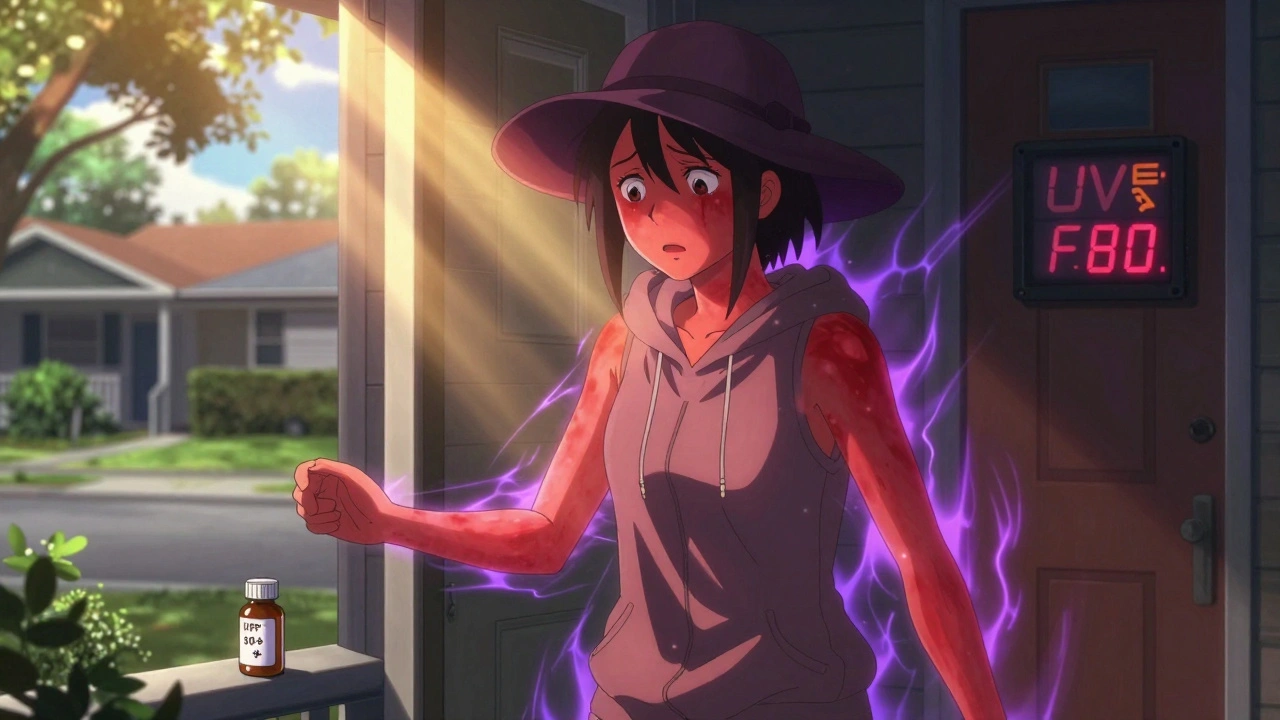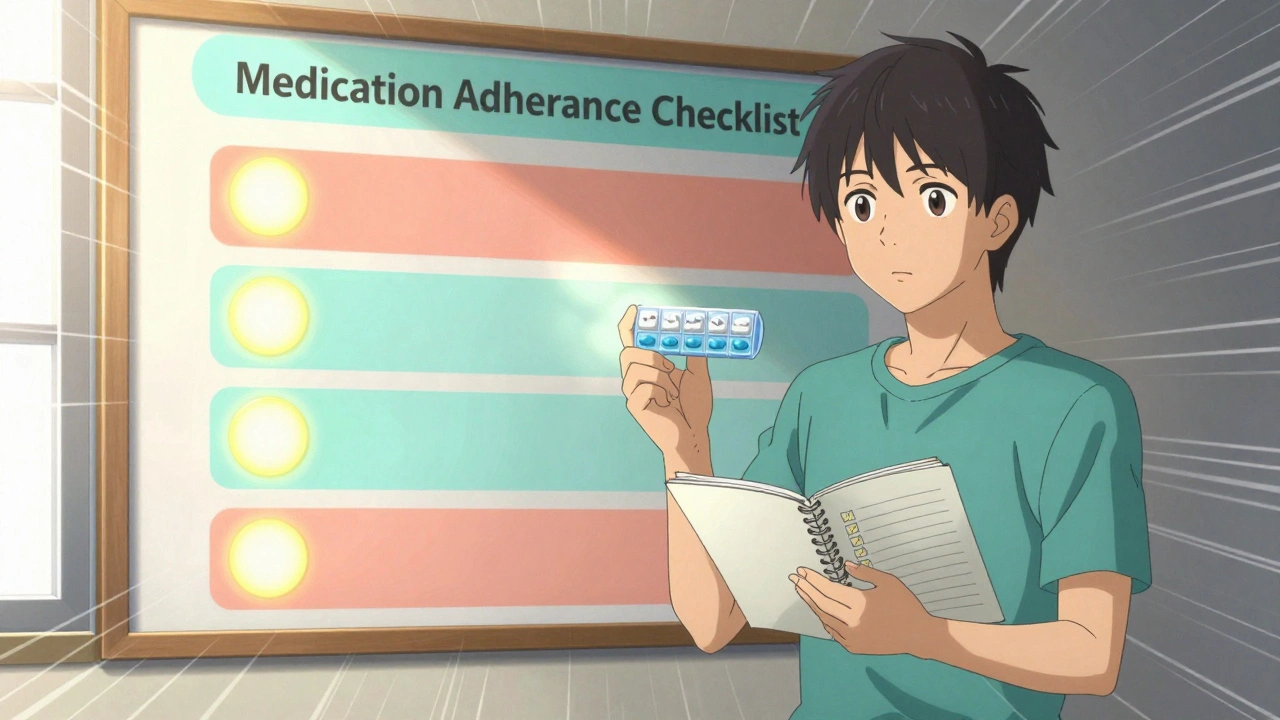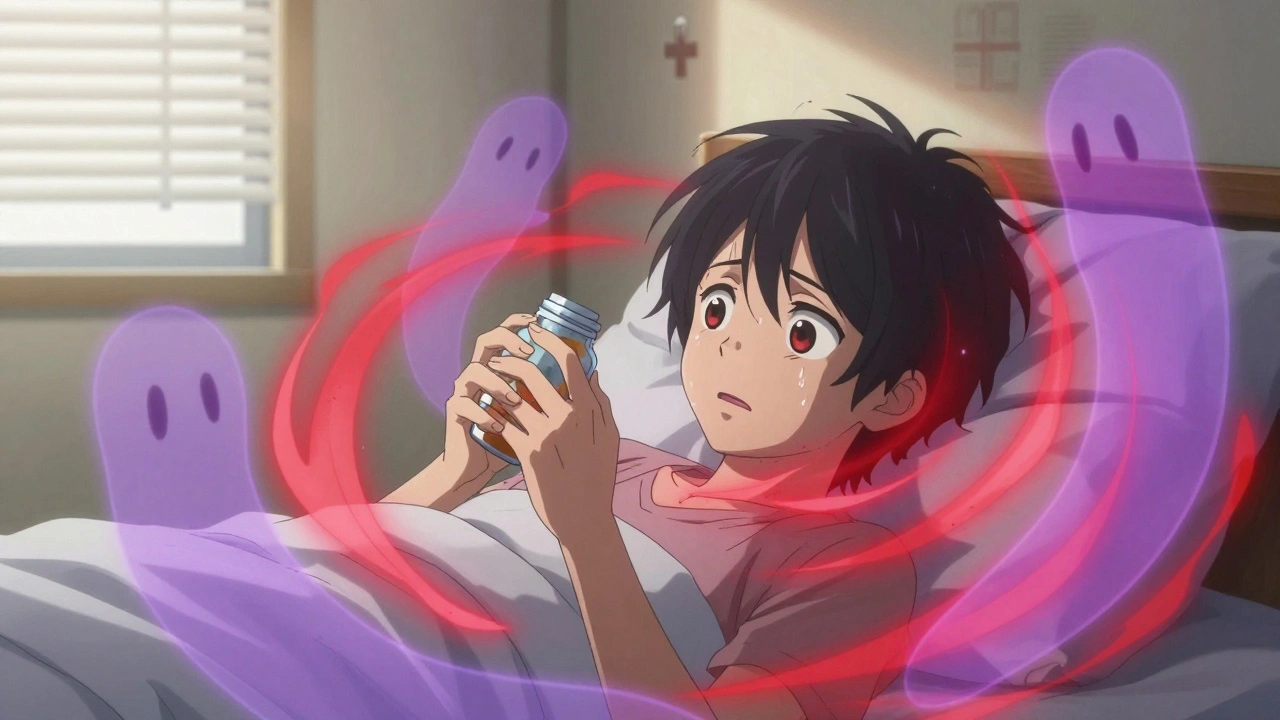Atomoxetine (Strattera): What it does and who it helps
Atomoxetine is a non-stimulant medicine commonly known by the brand name Strattera. If stimulants haven’t worked for you or caused bad side effects, atomoxetine can be a solid alternative for treating ADHD. It works differently from amphetamine or methylphenidate drugs — it raises norepinephrine levels in the brain rather than boosting dopamine directly. That change can help with focus, impulsivity, and hyperactivity without the same risk of misuse.
How atomoxetine helps ADHD
People usually notice steady improvements over weeks rather than instantly. Some users report clearer focus and fewer impulsive decisions after two to four weeks, with more obvious benefits after six to eight weeks. Doctors choose atomoxetine when there’s a history of substance misuse, when stimulants caused anxiety or tics, or when a non-stimulant approach is preferred. It works for both children and adults, though dosing and monitoring differ by age and weight.
Practical tips: dosing, side effects, and safety
Dosing typically starts low and increases to an effective level. Take it once daily or split into morning and late-afternoon doses if it causes stomach discomfort. Common side effects include stomach upset, decreased appetite, sleep changes, and sometimes dizziness. Most of these ease over a few weeks. A small number of people — especially children and teens — may experience mood changes or suicidal thoughts. That’s why regular check-ins with a doctor are essential during the first months.
Atomoxetine can affect the liver in rare cases. Watch for yellowing of the skin, dark urine, or persistent nausea and tell your clinician right away. It can also raise blood pressure and heart rate slightly, so a baseline heart check and periodic monitoring are good ideas for people with heart concerns. Drug interactions matter: avoid MAO inhibitors and check with your doctor before adding antidepressants, migraine meds, or cold medicines.
If you miss a dose, take it when you remember that day and go back to your regular schedule the next day. Don’t double up. Stopping suddenly is usually safe, but if you’re reducing dose because of side effects, follow your doctor’s plan to avoid mood or sleep changes.
Choosing the right medicine is personal. Atomoxetine won’t work the same for everyone, and it can take time to find the right dose. Track symptoms, side effects, sleep, appetite, and mood in a simple daily note — that makes follow-up visits more useful. If you have a history of liver problems, heart disease, or mood instability, bring that up before starting.
Want to learn more or read practical reviews and pharmacy tips about ADHD meds? Check trusted medical sites and talk to your prescriber. Good info plus careful monitoring gives you the best chance of finding a treatment that fits your life.
Atomoxetine and Elderly Patients: A Special Consideration
In my recent research on Atomoxetine, I found that it is important to consider its effects on elderly patients specifically. As a selective norepinephrine reuptake inhibitor, it is a popular treatment for attention deficit hyperactivity disorder (ADHD), but its impact on the aging population requires special attention. Studies show that while Atomoxetine can be beneficial for older adults, it may also exhibit certain side effects. Moreover, it is crucial to pay attention to potential drug interactions, as elderly patients are often prescribed multiple medications. Overall, the use of Atomoxetine in elderly patients must be closely monitored and adjusted to ensure the best possible outcome.






